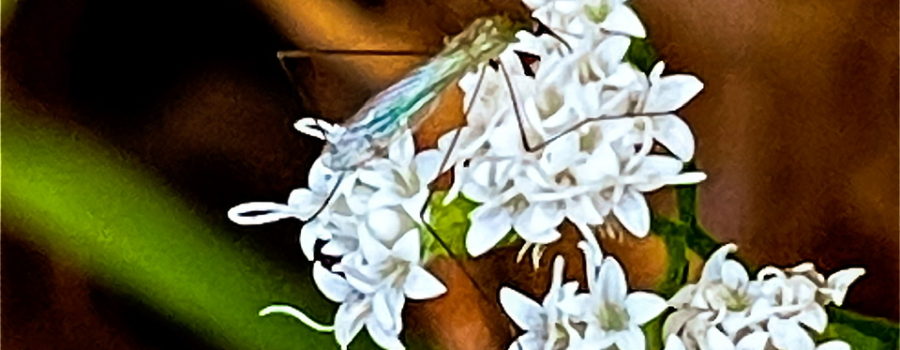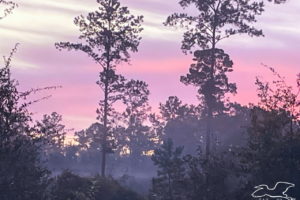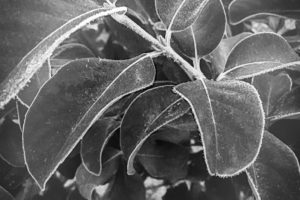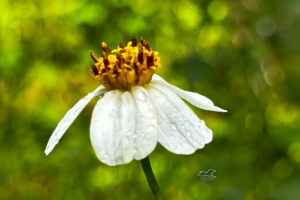Garden Valerian is a Useful but Invasive Herb

Back in November I took a trip out to a wetter area in the Gothe State Forest than the area that my property backs up on. It was an interesting little day trip that gave me lots of new, interesting plants to see. There were a few of the sandhills plants like live oaks and longleaf pines, but for the most part the wetter habitat lead to a new variety of plants. There were also a couple of familiar plants from my trip to Henry Beck Park, but that was a much more open area than this part of Gothe. One of the plants that was pretty common in the area was the garden valarian (Valeriana officinalis). This plant is also known as all-heal, garden heliotrope, or common valerian.

Valerian is native to Europe and Asia, but has long been used in gardens and as a medicinal herb in the United States. It has now become a wildflower in many areas that have full to partial sunlight and moist, drained soil. It can grow rapidly and spreads by both rhizome growth and through the production of many small seeds that are designed to float on the wind. All of this has lead to it being labeled as an invasive or noxious weed in some states. Most of these states are more northerly than Florida, though, since this plant seems to prefer cooler weather than what we have here. The plants that I saw in Gothe were between two to four feet tall and did tend to grow in bunches, but they didn’t seem to be displacing the many other plants in the area. The plants were covered in clusters of beautiful white flowers that also had a strong, but pleasant odor. I could definitely understand why people like them in gardens.

Besides being used as a garden ornamental, garden valerian is well known to have multiple medicinal uses. Of course, the best known use for valerian is as a sleep aid and anti-anxiety treatment, but over the centuries it has also had many other uses. It has long been known to have a beneficial effect in treating epilepsy and other seizure disorders including infantile convulsions and tremors. In ancient Greek and Roman cultures it was used as a treatment for migraines and stomach cramps. Crushed leaves were also used as a pain relieving poultice. In World War II it was used in Great Britain to help relieve stress during air raids. Now in addition to being used as a sedative, it is sometimes used to treat ADHD, menstrual cramps, and chronic fatigue syndrome. Some people have also used it to treat restless leg syndrome, but there is no clinical evidence that it is actually effective.

Besides having medicinal uses, some people also use valerian as a garnish in salads, soups, and stews. The leaves and roots can also be dried and used to brew tea. Leaves are also used to produce essential oils. Even though it has a long history of various uses, valerian is not without side effects. It should not be taken with other depressants like alcohol, barbiturates, or other sleep aids. Other potential side effects include sleeplessness, dizziness, headaches, stomach aches, and mental ”fogginess”. It also should not be used by pregnant or nursing mothers. So as you see, even though this plant definitely has invasive tendencies and should only be planted cautiously, it does have many incredible and varied uses.






Recent Comments